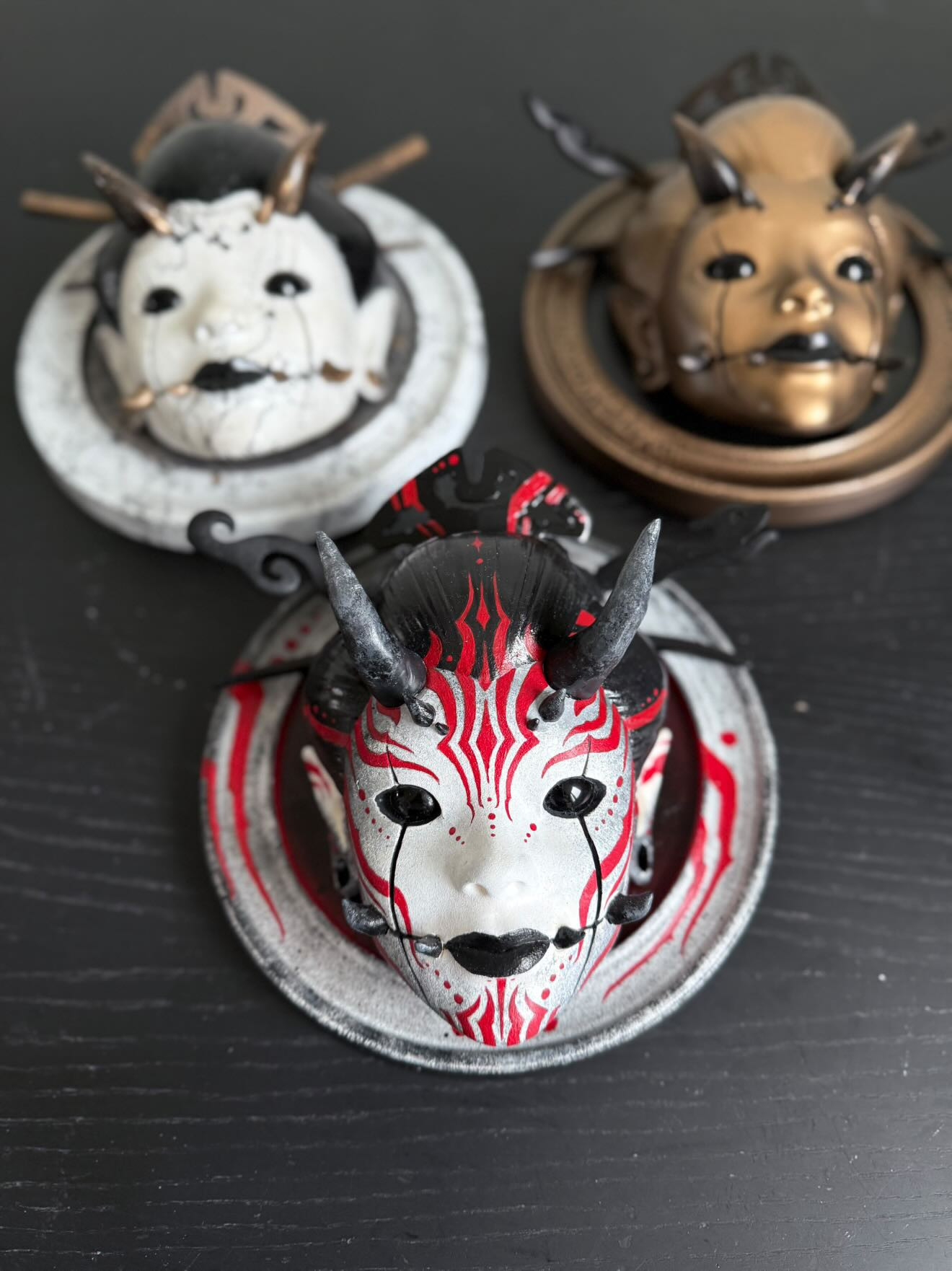Clients come for your style (Interview with Alexander Belenkov, tattoo artist from Belarus)
Alexander is a Belarusian tattoo artist with over 14 years of experience. He is best known for intricate ornamental designs. Alexander worked in Poland, Germany, France, Spain, the Netherlands, US, Spain and UAE. He took part in international tattoo conventions in Poland, Germany and the Netherlands: Rotterdam Tattoo Convention, Tattoo Expo Maastricht and many others. In 2023 he finished first and second in Rotterdam, and took second place in Maastricht. He also was a member of the judges at the first day of the convention. Married with two children.
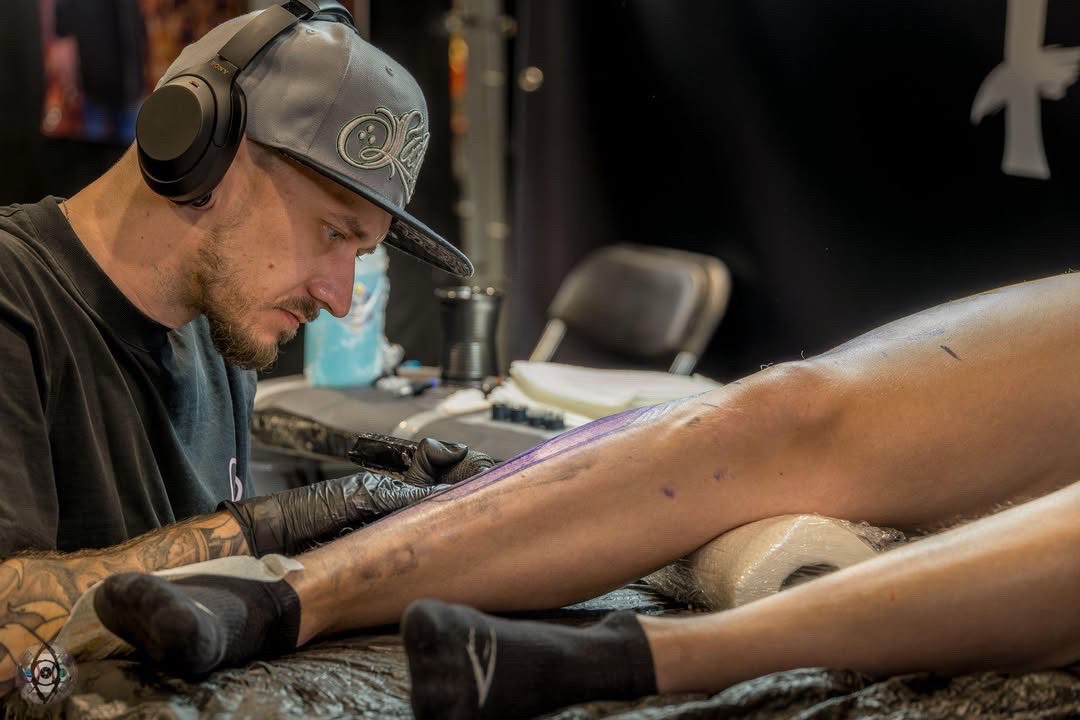
Victoria Korneva / Alexander Belenkov
VK: Tell us a little about yourself; how you got into tattooing and why?
AB: I was into drawing ever since I was a child. At school, I decided I wanted to be an architect. After graduating I enrolled into the Belarusian National Technical University, studying architecture. And I’ve started working as an architect while still getting my bachelor’s. I continued working after leaving the university, changed several jobs. The last one where I worked as an architect was TDTIproject. It was a small, family-like place. I have fond memories of it. I had the chance to work on several interesting projects there, the last one was the Eureka Education Centre. It was my own project (not without some supervision, naturally).
So, as I was working at the office, the last two years, I’ve decided to try my hand at tattooing. A friend helped me out. He introduced me to a tattoo artist, and she showed me the ropes.
Then I got my own tattoo for the first time, to see how it’s done and what it’s like. This is how I met another tattooer who really helped me out at first. We’re still good friends. And I also met my mentor there, the guy I’ve then worked with for many years.
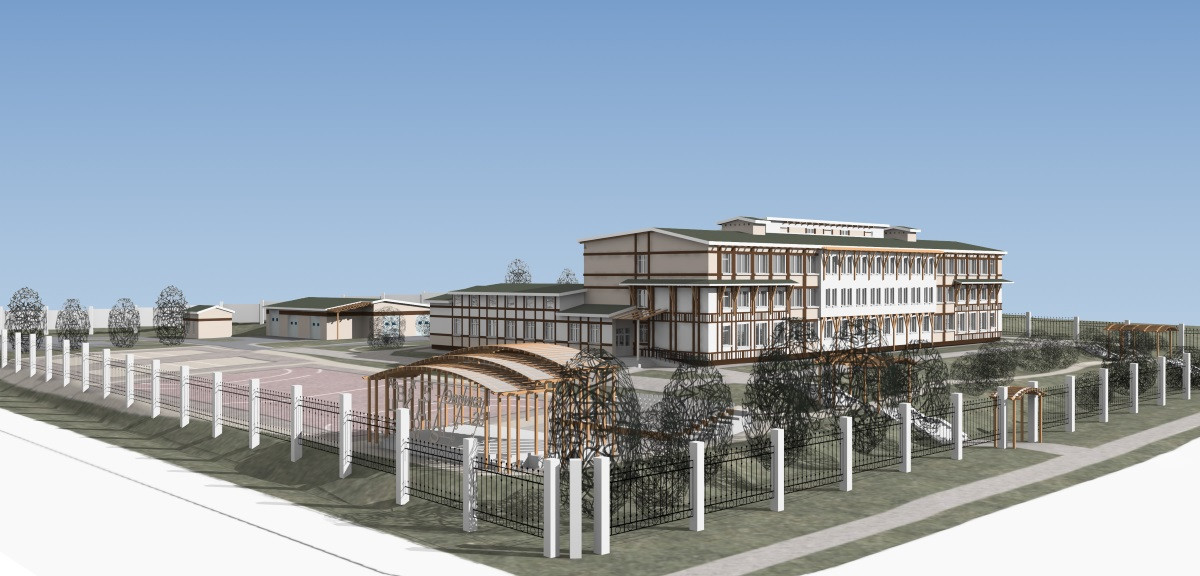
VK: How did your degree in architecture influence you?
AB: I tried different styles at first, but it was architecture that pushed me into finding my style. Dotwork and ornamental wasn’t particularly well-known at the time. And I was always really find of drafting, so I knew how to handle that kind of thing. We didn’t use iPads at the time, you know.
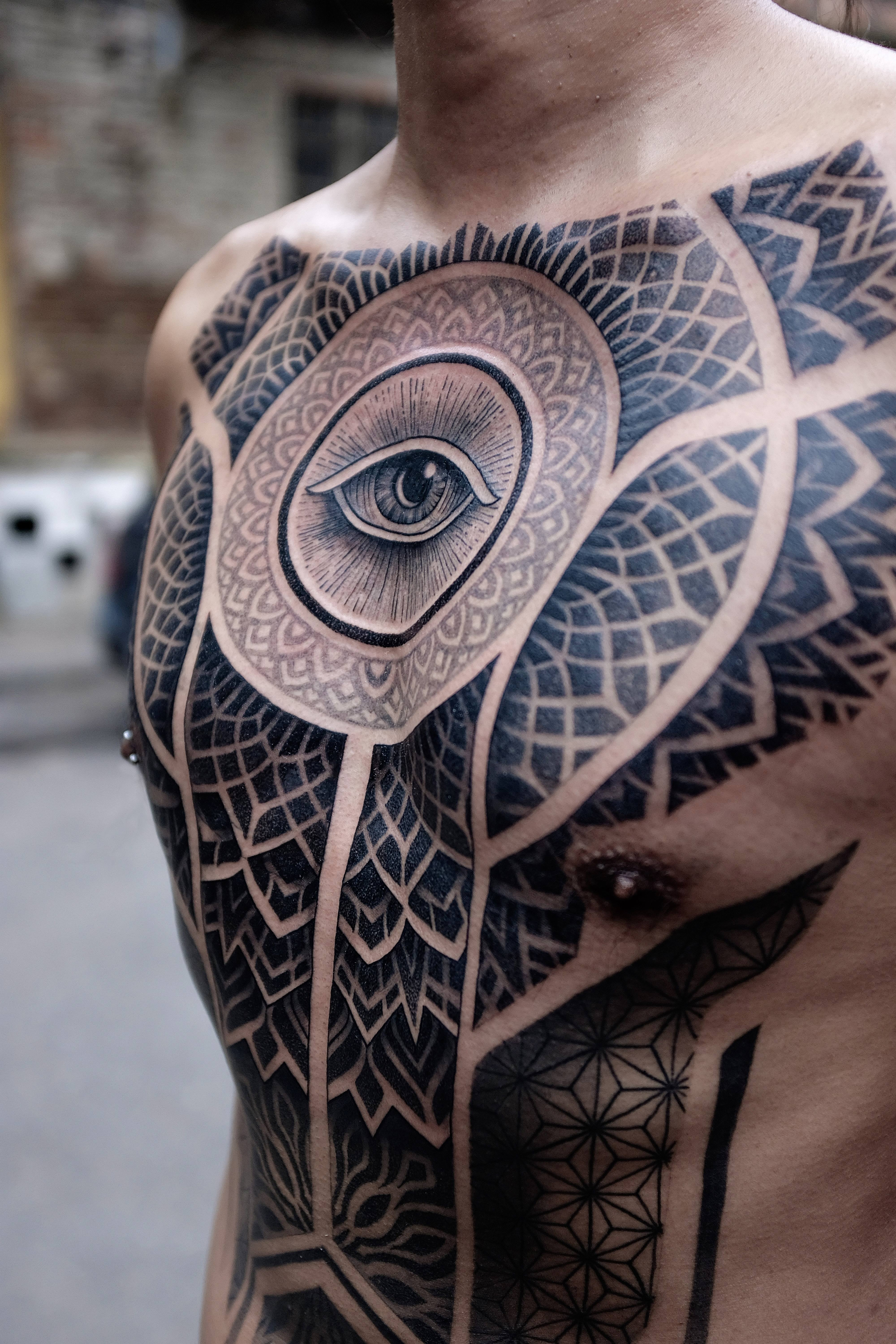
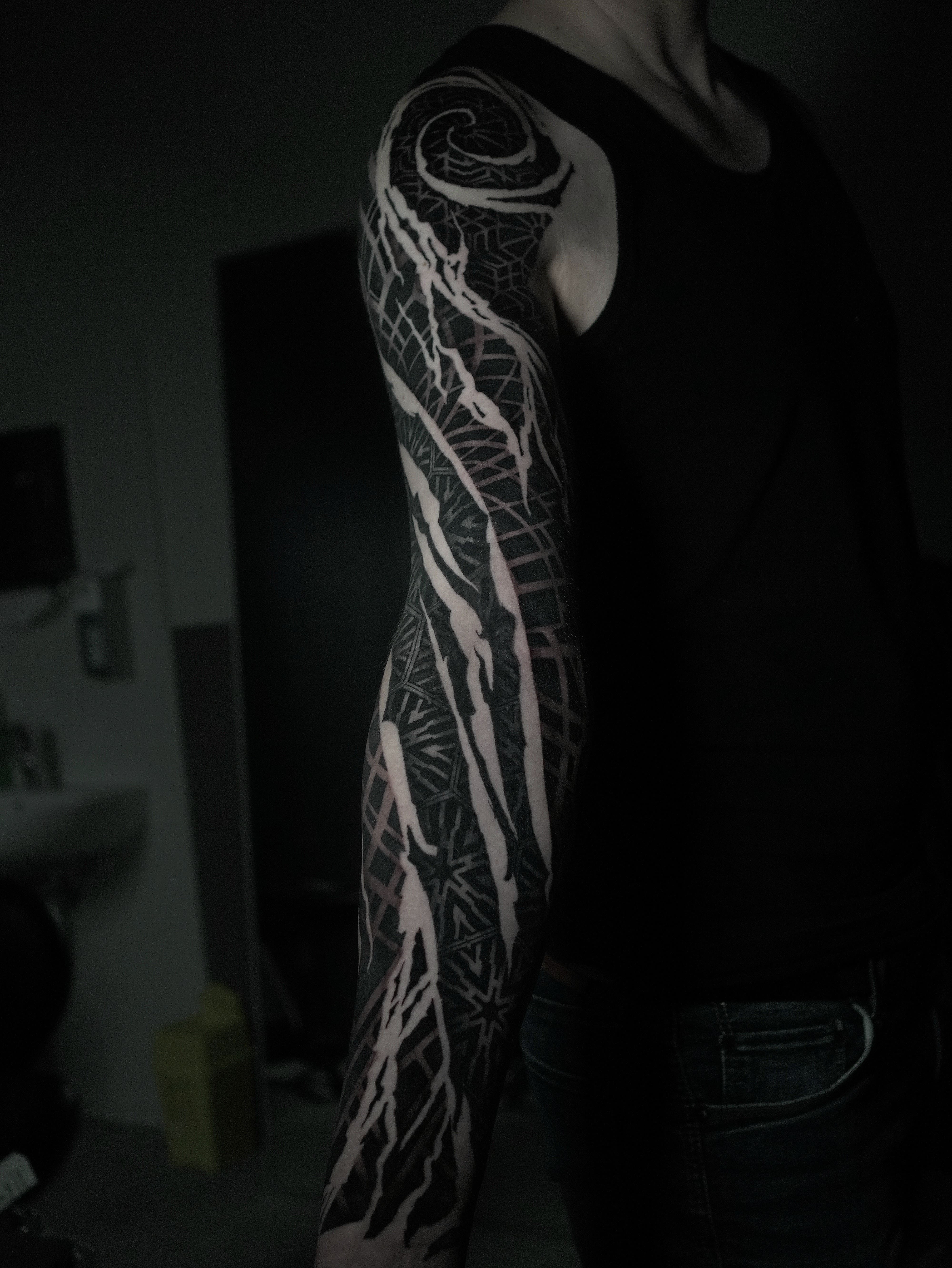
VK: I noticed both ornaments and subdued colours in your pieces. How did you find those special quirks that makes your style your own?
AB: I’m still looking. It’s a drive to find new things, but it’s hard, cause clients don’t always want to jump into the unknown. Usually they want something they saw, it’s hard for them to imagine something truly “different”. So as an artist you have to adapt; it’s the client who will have to live with the piece after all, so they must be 100% on board with the tattoo.
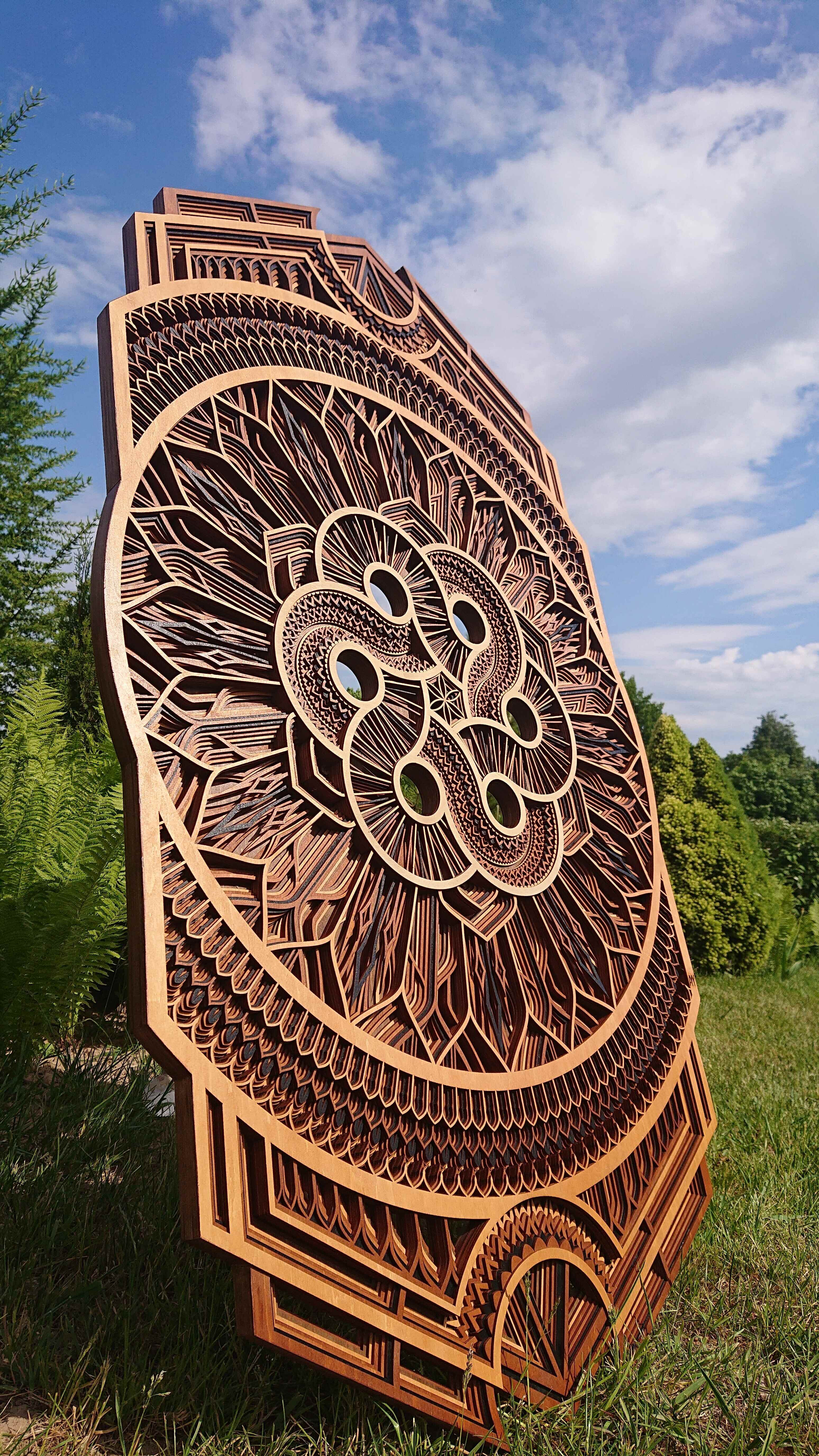
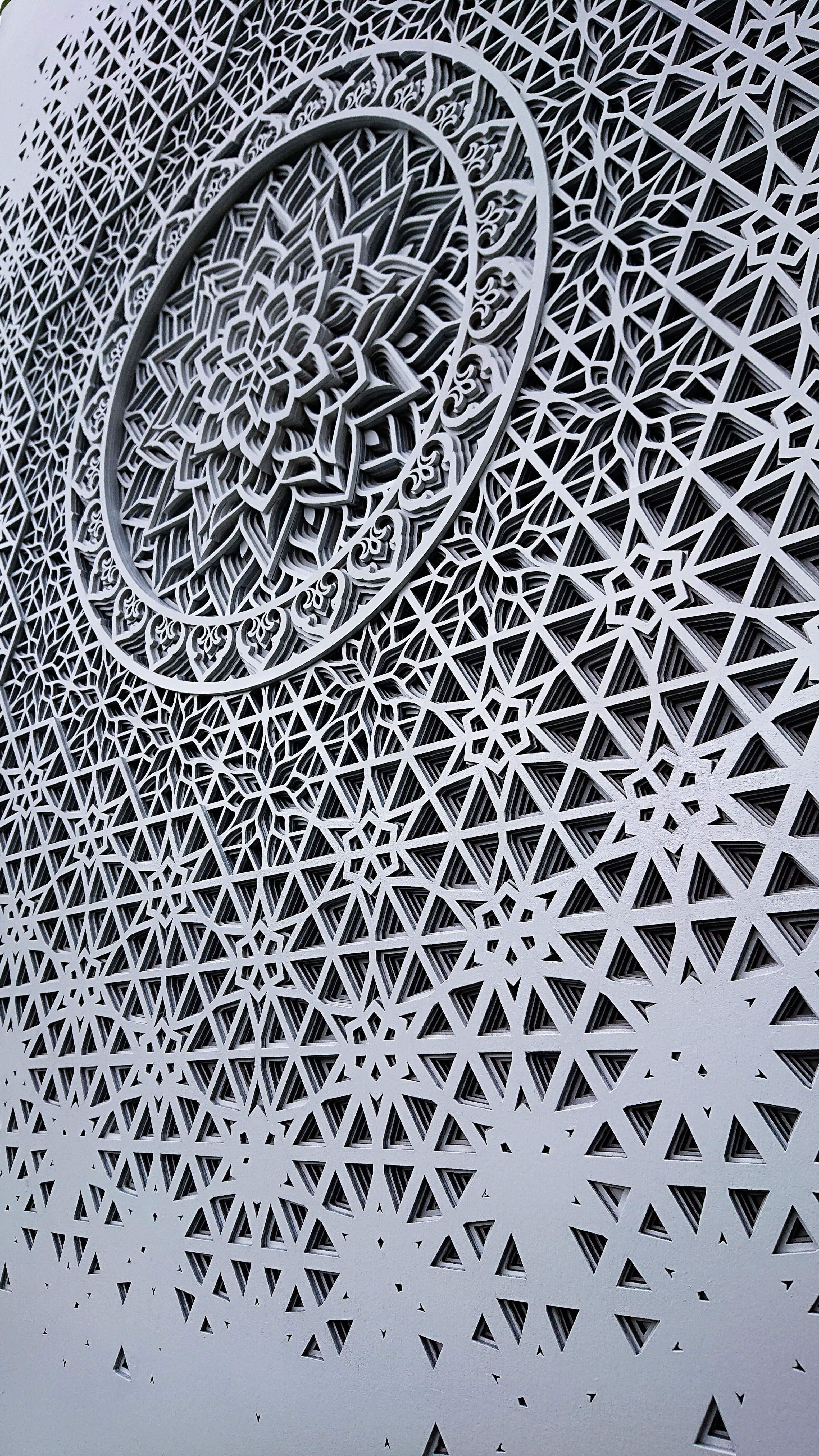
VK: What else are you interested in? It looks like you’re into a lot of stuff.
AB: I was making wooden panels when I was living in Minsk [you can find them in my other Instagram account]. I had an exhibition held last year. I want to carry on making those, lots of ideas. I’ve also tried painting. I liked it. I’m on the move a lot, always looking for new things I can get myself into on the road. I tried doing lino-prints and screen-printing.
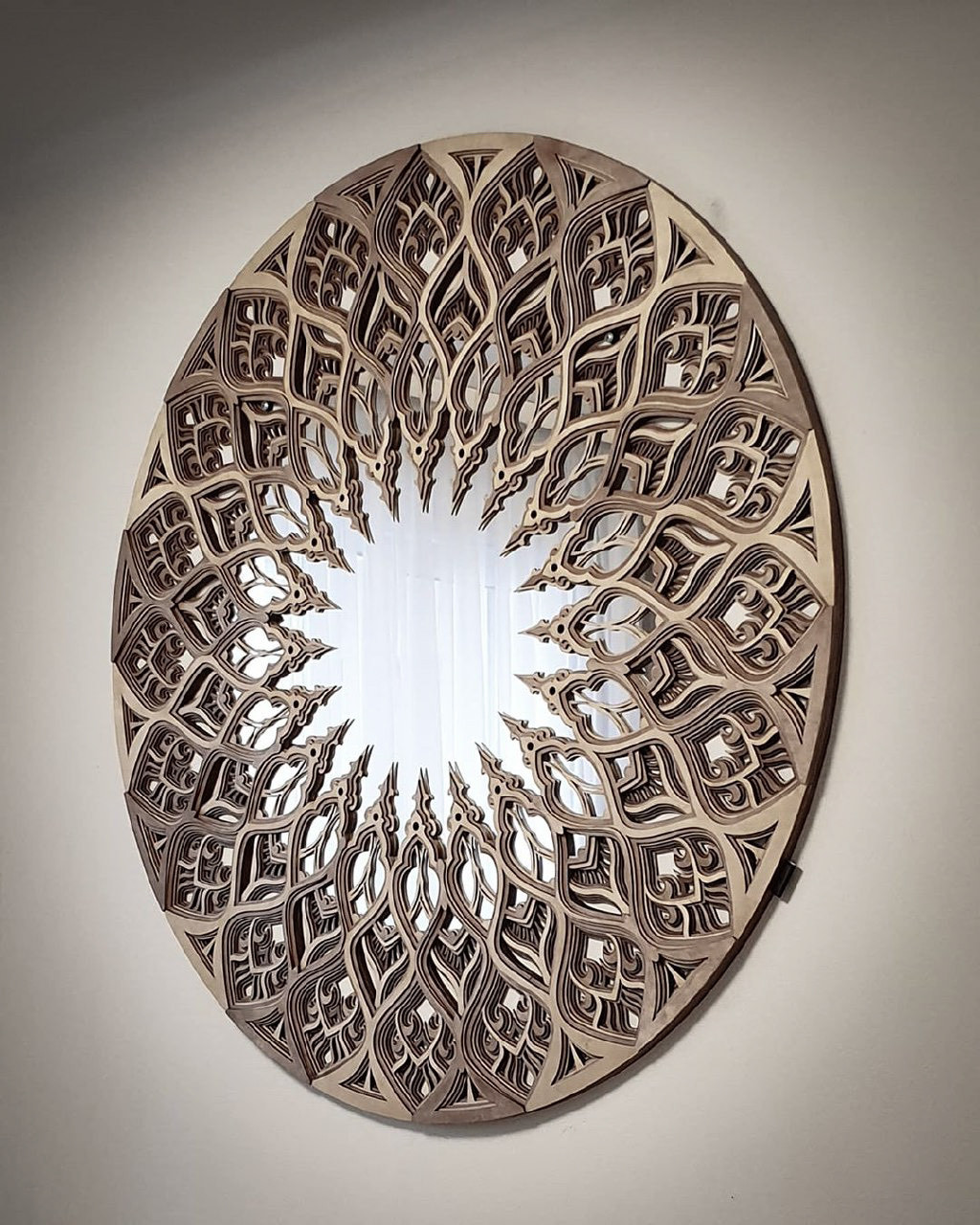
VK: Your works have some Asian and Buddhist motifs. Where is that coming from?
AB: I’m not sure why, but I was always drawn to those aesthetics. Maybe it’s because there’s history and tradition there. Tattoo is about a person’s history too. I like when people ask me to integrate an element that means something to them into the design. Something positive, that’s also important. I try to talk them out of the sadder stuff. Realistic tattoos, for example, are maybe the most popular style right now. But most artists just copy photos. Which isn’t easy by any means, you have to know how to do it. Still, I personally don’t view it as art. I value design, individuality, a story behind the tattoo. Not many artists do that.
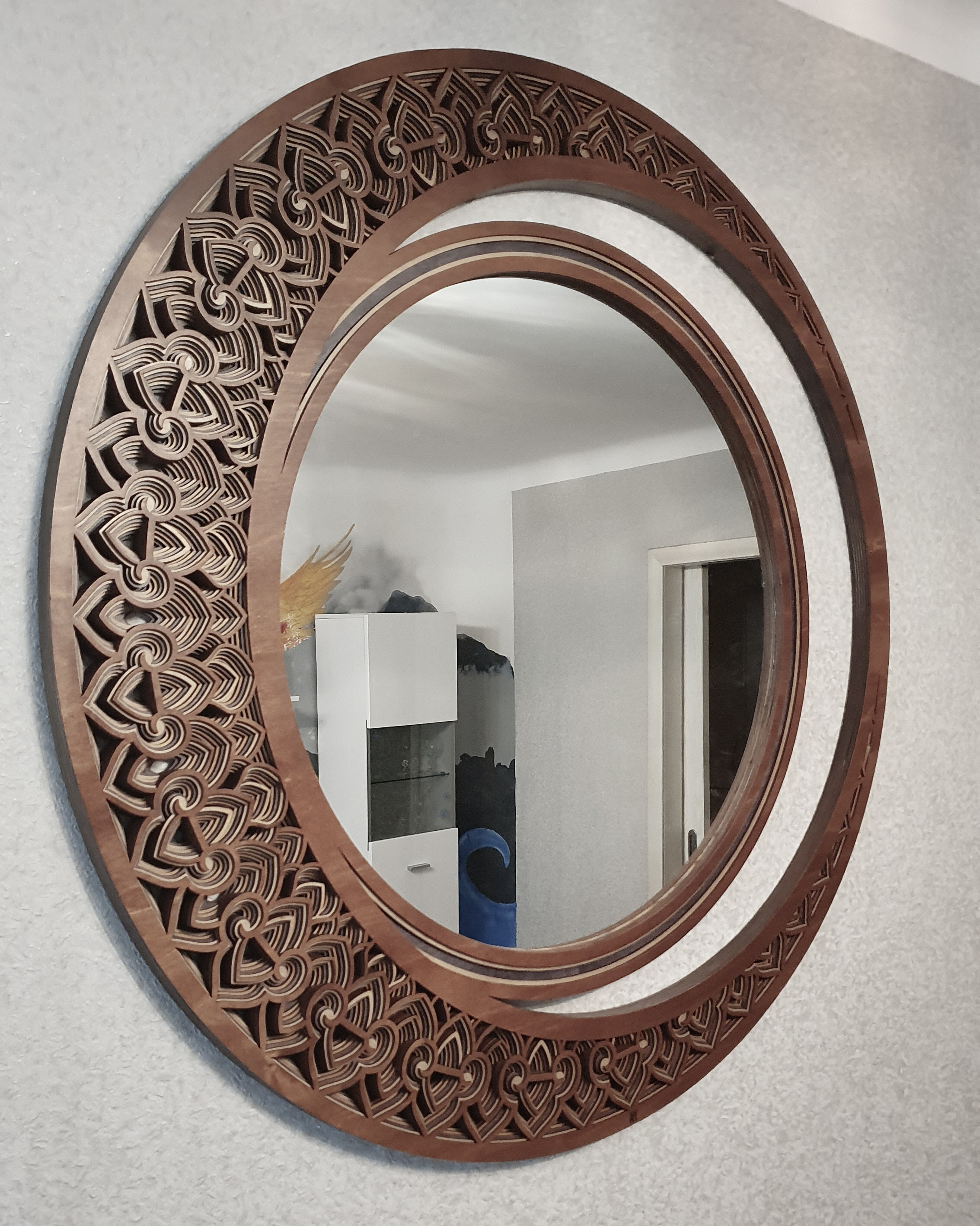
VK: I also noticed that your works attempt at deconstructing images. What does that mean to you? Are you trying to achieve an artistic goal, or is it about re-thinking the formal constraints?
AB: All of the above. I like working with the colour. You have to switch things up to prevent burnout. And painting is a great form of meditation. A friend of mine inspired me to do that. He’s a curious fellow. And a real, capital “A” artist. I thought his view of things was very interesting.


VK: I heard that you were making religious art, icons. Can you tell me about that?
AB: Well, I wasn’t exactly into making them. A good friend, an iconographer and a talented artist, asked me to help him with a big project. It was an interesting experience. I learned how icons were made traditionally, that’s how we made them too.
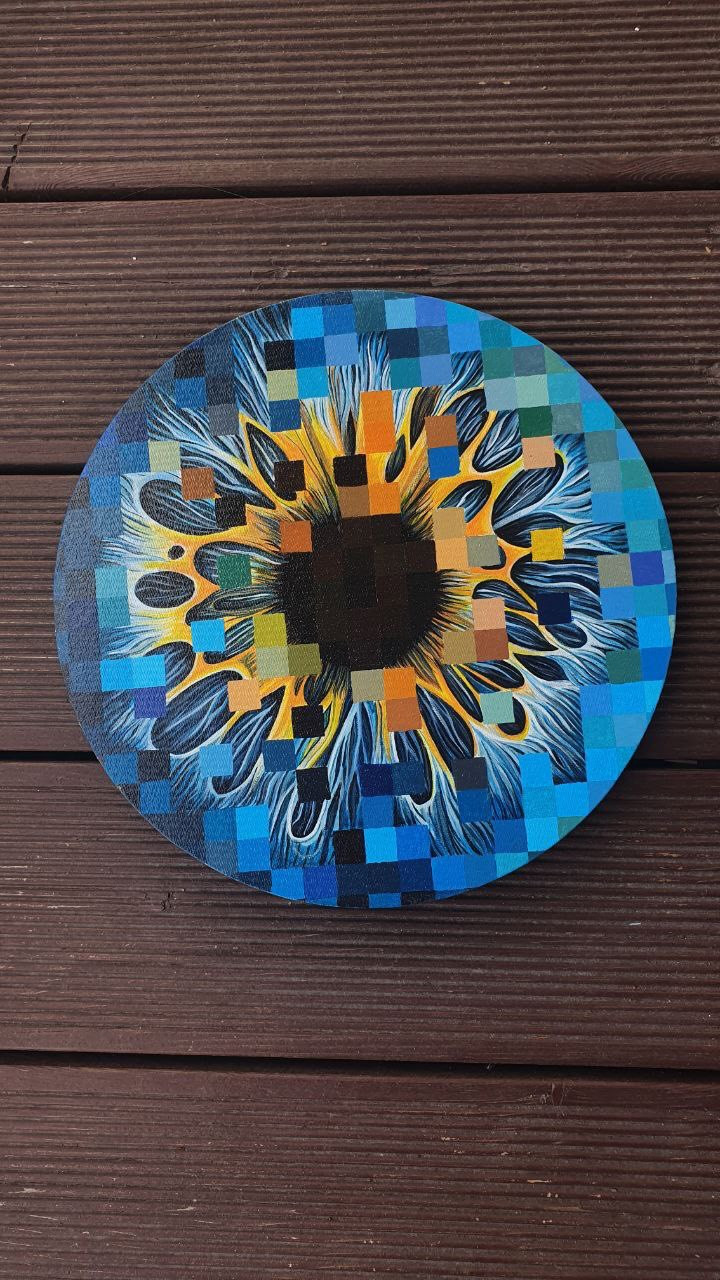
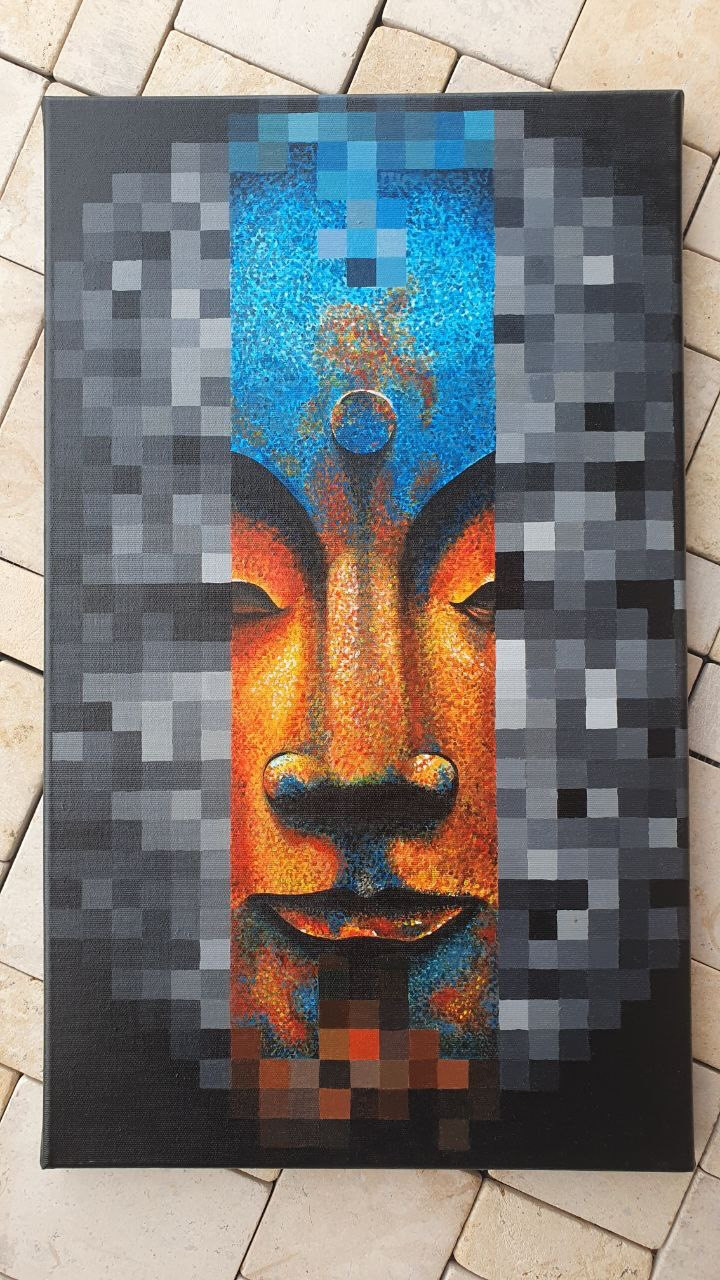
VK: Do you make a distinction of working for the sake of art, and working for profits? How do you choose your clients and go about them? Do you have some criteria about whom to work with?
AB: I only work for the sake of art itself. Sometimes one has to compromise, design-wise, but that’s a normal thing. I’m more relaxed in that respect, since I’ve got my own style and people come to me looking for my designs. And I don’t have to choose. People who come to me are “my kind of people”.
I mean, there’s times when a client doesn’t understand the first thing about tattoos, or what they want. So I have to refuse to work with them. So, I had to let one client go because of her husband. He was looming over constantly, literally using a laser gauge to see if the tattoo was horizontally aligned. I tried explaining that humans aren’t symmetrical and I have to adjust for that, adjust for the person I’m working on. But he didn’t want to listen or understand. Unlike his wife, who did and was fine with it. Still, I had to let her go, it wasn’t worth then having to deal with discontent customers.
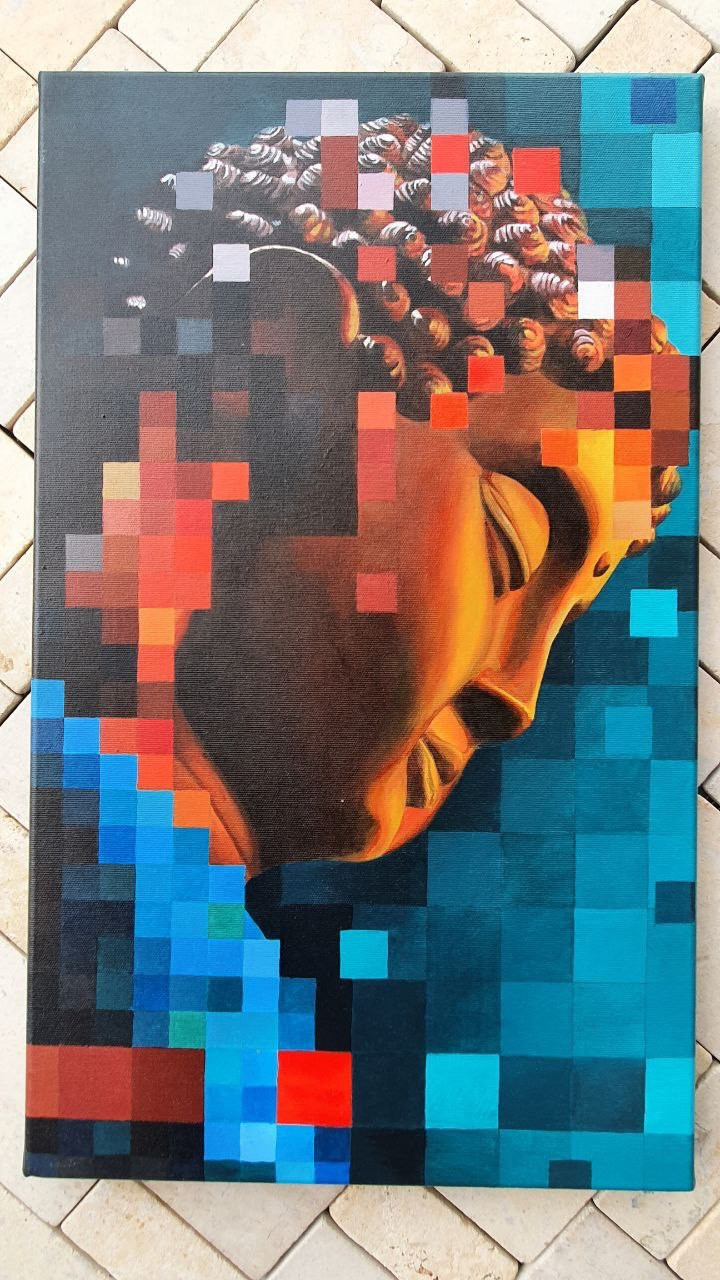
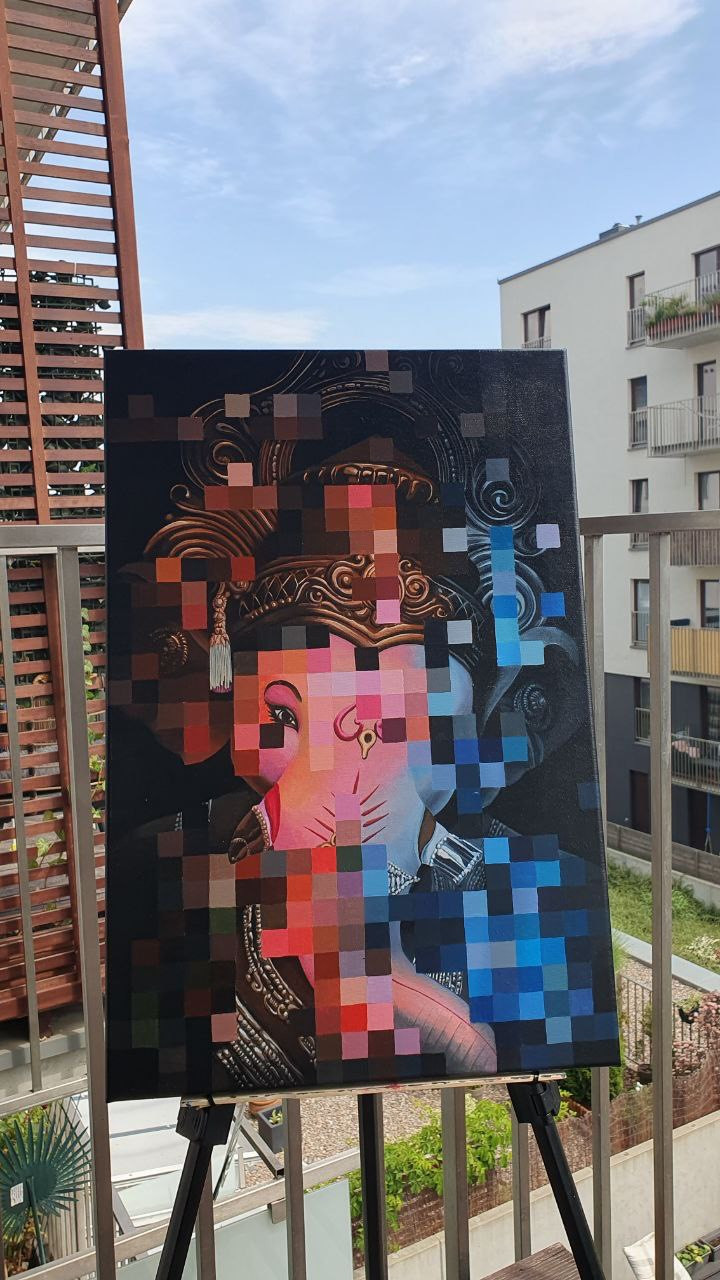
VK: How long ago did you move to Europe? What was it like to integrate yourself into the local scene? How different is it to work in the US, Scandinavia, and Belarus?
AB: I’m still moving. It’s getting hard to remember how many years it’s been. I don’t know, it’s like that with me. Still, I only have troubles with paperwork. Work, on the other hand, is smooth, regardless where it is. I don’t have any difficulties adapting to new people and environments. I think it depends on the kind of person you are. I know some people who have troubles fitting in. I always find new friends and stay in contact with them even after leaving. I liked it in the States. It’s been a long time, but I’m still talking to the people I worked with, and with the owner of the studio. I guess, once you’ve found your style, things stabilise. Clients come for your style. Although one problem that I should mention is communication. Take Germany — not everyone speaks English. The Netherlands? That’s never the case. And Spain can even be more difficult than Germany in regard to English.
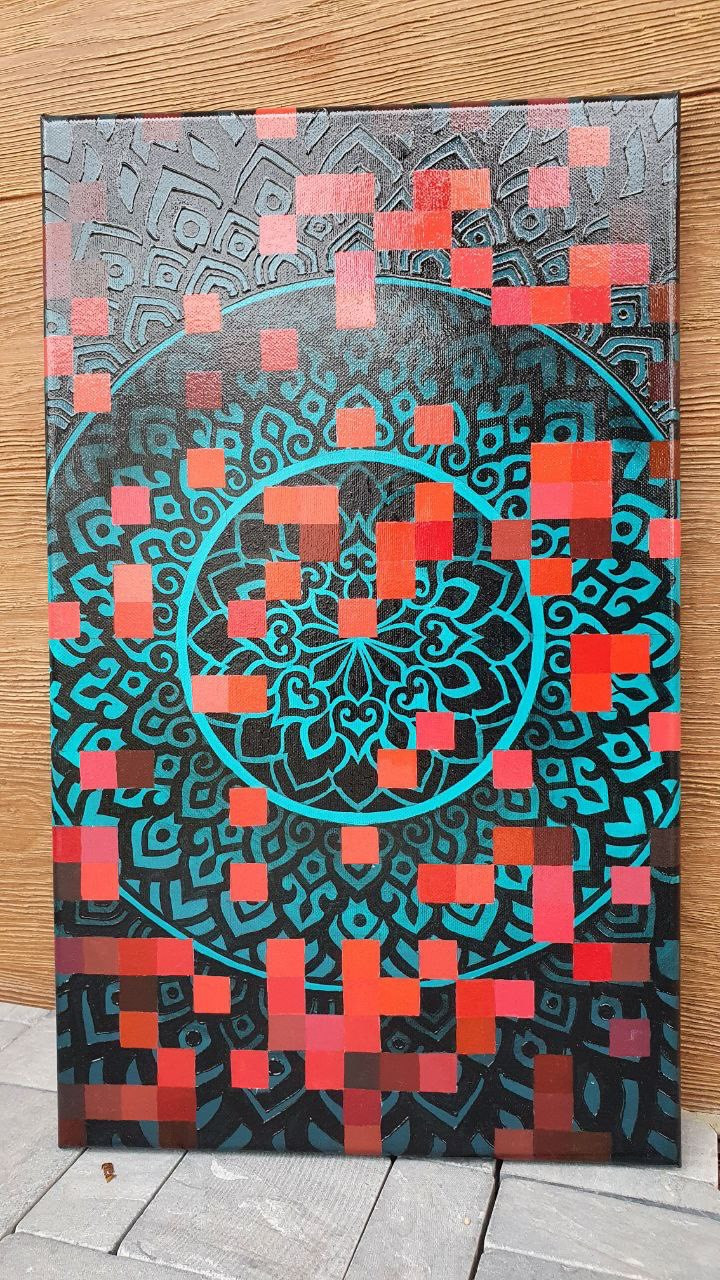
VK: What goals do you have, as an artist? What projects should we be looking forward to?
AB: Goals, projects… to make something new and interesting, as always. But first things first, I need to deal with all other issues. Being an expat isn’t all that simple.
